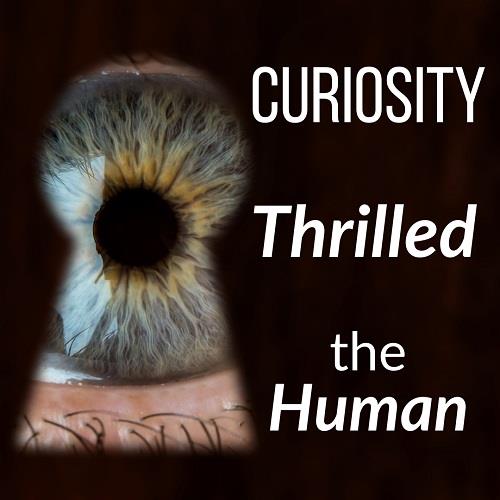Curiosity killed the cat. But a cat has nine lives…so there’s that.
Curiosity is for our brains what adventure is for our bodies. When we are very young, everything is new. We have inherent curiosity because everything is unfamiliar. The more we touch, see, taste, throw, catch, and learn, the more we are excited by and can understand our world.
Novelty brings with it an inherent sense of wonder, discovery, and fascination.
As we age, we accumulate knowledge and experience, and settle into routines, patterns, and habits. Part of this is natural and normal, yet another part is not. Our brains grow and come to life when we have the right amount of novelty.
The human experience in adulthood is not supposed to exhibit a dull sameness to each day. Yet, perhaps even subconsciously, we increasingly gravitate towards comfort inconvenience, and familiarity.
The key to thriving and not just surviving, is to know how to awaken the curiosity in our minds.
When you learn a new skill, try a new exercise, use a new piece of exercise equipment, or even just try something familiar in a slightly different way, you heighten your senses.
With just the right amount of novelty and unfamiliarity, we are engaged and on alert – but not in an alarming way. Instead, we become excited by the experience, process information faster, and become fully absorbed and in the moment.
Think back to a time when you tried something new as an adult that delivered a surprising amount of enjoyment and satisfaction – even if you weren’t great at it immediately.
Your mental state was likely one of expansiveness, opportunity, and potential. That is a brain primed for growth through curiosity.
Try a new hike or take a slightly different path on one you already love. Learn a new game or sport – it does not matter if it is an individual one like stand up paddling, or a group one like pickleball. Walk your dog on a few different streets. Get a section of rope and learn how to tie some new knots. It doesn’t matter exactly what you do just that you integrate some form of physicality with some form of novelty.
This keeps your brain closer to the child-like “grow mode” that is a natural feature of younger brains.

